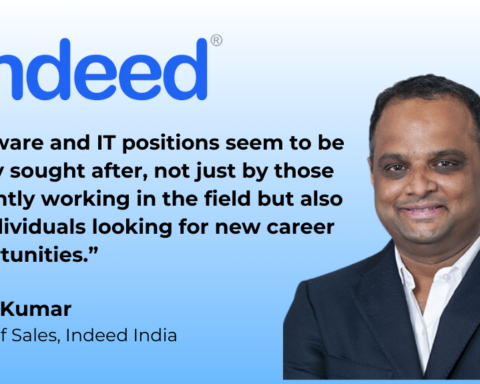With software-as-a-service solutions and cloud-based offerings growing increasingly popular, many vendors, including data backup and recovery vendors, are moving to a subscription-only model.
The subscription model is highly attractive for the vendors because it provides them with a steady stream of recurring revenue, ensuring greater financial predictability. In turn, the vendors are more attractive to investors in the public and private markets.
But is a subscription-only model the best for customers as well? Not always. The truth is that vendors offering only a subscription model are making some of their customers and channel partners quite unhappy.
For example, some customers are complaining that the cost of their data backup solution could be doubled or even tripled after their vendor ended selling perpetual licensing after July 1, 2022, forcing users to migrate to a subscription model only.
Understandably, many customers on perpetual licensing agreements are uneasy about moving to subscription-based models. These customers fear higher costs, and many believe the subscription model mainly benefits data backup and recovery vendors.
Perpetual vs. subscription
I believe that perpetual licensing still has a place in the digital marketplace and that it is crucial for customers to choose between staying on their perpetual license or moving to a subscription model.
But first, let’s take a step back and define each payment option. A perpetual license is a traditional way of buying software. You pay for the license upfront, entitling you to use the software for however long you want into the future. A perpetual license agreement may also give you the right to download updates to the software and get technical support, should you have a valid maintenance and support contract.
SaaS, for its part, is a subscription-based service in which users typically pay a monthly or quarterly fee to use the software. As part of the agreement, users usually receive the latest updates and versions of the software. The key benefit of SaaS is that it makes software purchases more affordable at the beginning. This benefit is especially appealing to smaller businesses that may not be able to make significant upfront capital outlays or may not have enough working capital to cover the cost of buying a perpetual license.
That said, perpetual licenses do offer a better return on investment in the long run. Generally, the breakeven point is around three years in a head-to-head comparison between perpetual and subscription license prices. After that, perpetual licensing is the better option because it is less expensive with the passing of each year.
The beauty of multiple options
Vendors offering only a subscription model could limit their addressable market, especially at the midsize-to-enterprise level. Vendors should not restrict themselves to providing just one type of license.
And in fact, many vendors offer various pricing models, including monthly subscriptions, annual pre-paid, and perpetual licenses that allow customers to use the software for a single year. The beauty of offering multiple options is that it enables a vendor to match the preferences and requirements of every customer.
Multiple options are crucial for vendors of data backup and recovery solutions. It turns out that many organizations could decide to skimp on these services if they are offered only a subscription model, particularly if the cost of backing up their data rises over time. This would be unfortunate as data backup is a fundamental necessity nowadays, as businesses seek to protect themselves against rapidly mounting disruptions and cyberattacks.
The channel partner angle
All companies should have solutions to handle data protection and defend against disasters or cyberattacks. But not every company has the personnel or financial resources to run these solutions. Many are turning to channel partners and MSPs that can help them evaluate and operate the backup and recovery tools they need to safely store and manage their increasing volumes of data and meet their compliance requirements.
For their part, partners with data backup and recovery vendors that offer cost-effective and highly scalable storage solutions. However, the problem is that some partners don’t have business systems to support a subscription model, so they can’t work with subscription-only vendors. Or they have customers who understand that the subscription model costs more over the long run and don’t want to purchase software that way.
Naturally, those partners are more likely to look for data backup and recovery vendors that offer a variety of licensing models.
Final takeaway
The bottom line is that perpetual licensing is far from a dead model. Software vendors, including data backup providers, should keep all their options open when it comes to licensing. A vendor that offers the full range of licensing options will be at a clear advantage in addressing customers’ needs and meeting their budgetary requirements.






